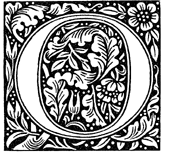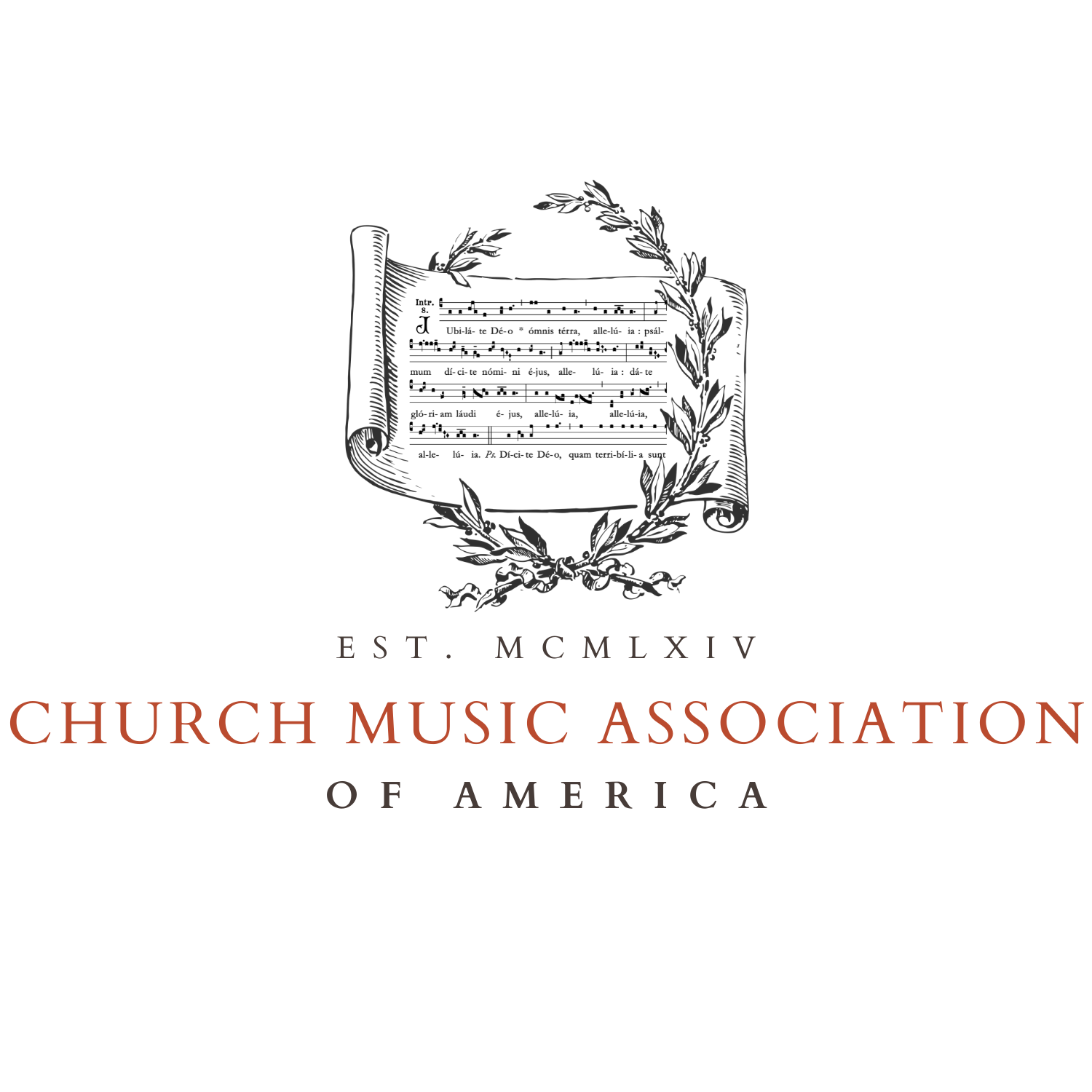By William Mahrt
 n February 22, the Feast of the Chair of Peter, Pope Benedict issued an apostolic exhortation, Sacramentum Caritatis, a document resulting from the Synod of Bishops on the Eucharist, meeting in Rome last Autumn. In it the Holy Father summarizes salient points of discussion from the synod with recommendations for teaching and practice.
n February 22, the Feast of the Chair of Peter, Pope Benedict issued an apostolic exhortation, Sacramentum Caritatis, a document resulting from the Synod of Bishops on the Eucharist, meeting in Rome last Autumn. In it the Holy Father summarizes salient points of discussion from the synod with recommendations for teaching and practice.
At first the document seems a bit of a potpourri, because it ranges widely through a great diversity of topics discussed by the synod. Some have already criticized it for having no teeth, no regulations, without which its discussions will remain in the realm of theory. Some have excused its lack of regulations as being an act of collegial reportage from the synod. Some have complained that it did not include their own desiderata; we musicians, for example, would have liked to have found more authoritative statements on the implementation of a greater return to Gregorian chant and polyphony.
But that is not his method. Benedict is no longer in charge of overseeing issues of doctrinal orthodoxy. He is now universal shepherd, and his method seems to be to establish first the fundamental principles as a basis for practical applications. Already we have seen it in Deus Caritas Est. Here he had the wish of Pope John Paul II that charitable works throughout the world be encouraged, which formed the second part of the encyclical. The first part, however, established a strong theoretical basis for the second by a quite original discussion of caritas. The traditional discussion of the two types of love had mainly drawn distinctions between caritas (agape in Greek) and amor (eros in Greek), but Pope Benedict explored the interrelation and the mutual interaction between these two kinds of love in an exemplary and inspiring exposition of fundamental principles which formed the foundation for the more practical discussion which followed.
The same is true for the apostolic exhortation. If one were to try to discern the most fundamental issue behind the present practice of the Mass in the parishes, one might say that it all too often focuses upon the congregation and too infrequently upon God. Indeed, it was one of my principal criticisms of Music in Catholic Worship that this document was almost exclusively anthropocentric and not sufficiently theocentric (see my “Toward a Revision of Music in Catholic Worship“). From this any number of difficulties flow, including a general de-emphasis upon the sacred and a corresponding incorporation of popular secular musical styles into the liturgy with a resulting loss of much of the tradition of sacred music.
Pope Benedict in Sacramentum Caritatis meets such a situation head-on by dealing with the most fundamental reality: the Eucharistic liturgy must be Christocentric. This places the apostolic exhortation along-side Deus Caritas Est, where the Eucharist is the most profound expression of Christ’s love for us. There follows a rich exposition of the Old Testament precedents of the Eucharist and their fulfillment in the sacrifice of Christ, in the relation of the Eucharist to the other sacraments, to the last things, and finally to the Virgin Mary.
On the ground that there is a binding relation between belief and practice, between lex orandi and lex credendi, he develops this relation by discussing the role of beauty in liturgy:
The liturgy is inherently linked to beauty: it is veritatis splendor. . . . In Jesus we contemplate beauty and splendor at their source. This is no mere aestheticism, but the concrete way in which the truth of God’s love in Christ encounters us, attracts us and delights us, enabling us to emerge from ourselves and drawing us towards our true vocation, which is love. . . . Beauty, then, is not mere decoration, but rather an essential element of the liturgical action, since it is an attribute of God himself and his revelation. (¶35)
Pope Benedict addresses the question of popular participation. He understands that it must be more than externally active participation:
The active participation called for by the Council must be understood in more substantial terms, on the basis of a greater awareness of the mystery being celebrated and its relationship to daily life. (¶52)
Preparation for this more substantive participation ought to include a cultivation of inner dispositions, aided by recollection and silence, by fasting, even by confession. Moreover, “the primary way to foster the participation of the People of God in the sacred rite is the proper celebration of the rite itself.” (¶38)
If all of this were understood well, our everyday liturgical problems would admit of much easier solution. If beauty is a compelling need in the liturgy, then we must choose the most beautiful music possible. If the focus upon Christ is the all-encompassing theme, we should comprehend more easily the reasons that the pax should be given with reserve immediately before we are to receive him in the sacrament. Pope Benedict draws such practical applications, including some quite specific recommendations for the use of chant and Latin (included in the section of documents, below).
Actually, we cannot expect everything from one document. It is, after all, an apostolic exhortation following upon the synod of bishops. It responds to the discussions of the synod, and it is true that collegiality calls for a kind of reportage from the wishes of the bishops. This does not mean that Pope Benedict does not express his own wishes, for on numerous occasions he turns to the first person and says “I ask,” “I reaffirm,” “I wish.” But he is also clear what the fathers of the synod wanted, and so when it comes to Gregorian chant,
I desire that, in accordance with the request advanced by the synod fathers, that Gregorian chant be suitably esteemed and employed as the chant proper to the Roman liturgy.(¶42)
This we had already heard from the preparatory documents for the synod; it is still good that it comes to us now with his authority and with his desire. But we have not heard the last from Pope Benedict concerning liturgy and music. What we have heard, though, is a continuing commitment to Gregorian chant as the proper music of the Roman Rite, now in the context of a Eucharist ecstatically focused upon the love of Christ and this as the source of beauty in the liturgy and thus of music. It behooves us to read the whole document carefully for this central vision and not just the paragraphs on music, for it expresses the deep foundations of our liturgy and music.
___________
William Mahrt is associate professor of music at Stanford University, and editor of Sacred Music. This article appears as an editorial in the Summer 2007 issue.
